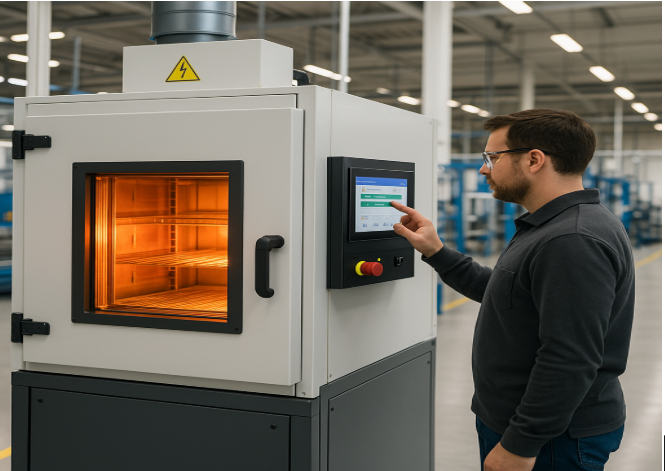In today’s high-stakes industrial landscape, precision and efficiency are more than buzzwords—they’re survival tools. As manufacturers feel pressure to cut emissions and costs without compromising output, the spotlight is turning to an unlikely hero: the humble oven. But not just any oven. We’re talking about a new generation of intelligent heat systems that are transforming how industries cure, dry, and bake materials, with benefits that ripple through operations, the environment, and the bottom line.
The Heat Problem No One Talks About
Heat is expensive. It consumes nearly half of all energy used in industrial manufacturing, according to U.S. Department of Energy data. Yet, it often gets ignored in conversations about clean tech or efficiency upgrades. Why? Because heat processes are so embedded in manufacturing routines—whether it’s curing composites, stress-relieving metals, or sterilizing components—that companies assume the inefficiency is a fixed cost.
But that assumption is now being challenged.
Smarter Heat, Leaner Operations
Newly designed industrial ovens are redefining what’s possible in manufacturing environments. These systems offer consistent temperature control, adaptive air flow, and energy optimization protocols that cut down on wasted heat and material defects.
Take a look at how today’s industrial oven solutions are engineered for performance. We’re not just talking about heat anymore—we’re talking about heat precision. That means faster cycle times, tighter tolerances, and dramatically less rework.
Even at smaller scales, innovation is surging. Laboratory ovens are being outfitted with digital controls and uniform heating zones, giving R&D teams the tools to test, prototype, and validate materials with confidence, without scaling up prematurely or wasting resources.
Why It Matters Now
Manufacturers aren’t just chasing efficiency for fun. Emissions regulations are tightening. Raw materials are getting more expensive. Talent shortages are forcing shops to do more with less. And customers are demanding cleaner, leaner supply chains.
High-efficiency ovens directly respond to these pressures. They reduce the energy per unit of output. They lower failure rates. And they help meet environmental targets without the disruptive cost of overhauling entire production lines.
The Bottom Line: Rethink Your Heat
Forward-thinking companies are realizing that smarter ovens aren’t just an equipment upgrade—they’re a strategic move. Heat process optimization can unlock gains across product quality, energy spend, and compliance readiness.
If your facility hasn’t revisited its thermal systems in a decade or more, now’s the time. What was once a background process can now be a competitive advantage.


